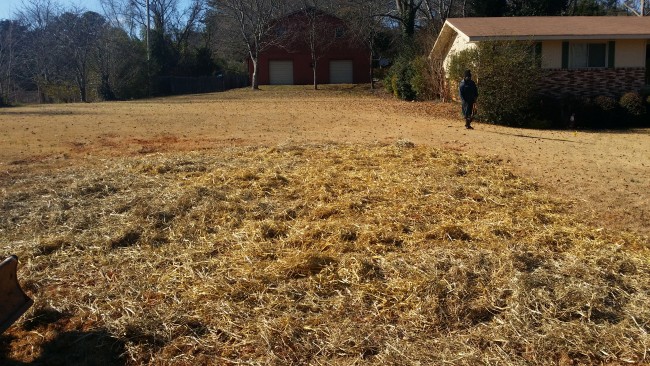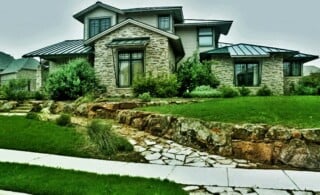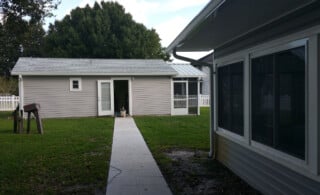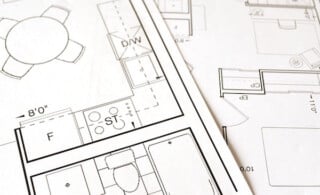
For centuries, people have used natural materials to build and support their homes. Reusing mud, paper, tires, and even bottles has become a popular trend in today’s eco-conscious culture. But one of the oldest established forms of conservation is straw bale construction. It first gained acceptance in America during the early 20th century when pioneers in the Midwest were short on framing materials but long on grass.
Hey! It’s Not Hay!
The first thing to understand is it’s not hay. Hay is green, which means it’s alive and useful to farmers. But straw is the dead remains of plants (typically wheat, oat, barley, rice, or rye) left behind by harvest. This resilient waste product is often discarded or burned since it’s a useless nuisance to farmers. But due to its durability, it can also be harvested, bound, and transported to be reused in the walls of residential homes.
The Two Types
Straw bale construction is covered with stucco exteriors, so it’s commonly seen in the South or Southwest. But it’s become more prevalent in other areas of the country due to new innovations. Here are a couple of standard systems in use today:
- In-fill: This straw bale construction still uses a wooden frame or other skeletal supports to hold up the house, but tightly bound bales are then stacked in between the studs to replace traditional insulation.
- Load-bearing: Also called Nebraska-style (from where it originated), this literally creates a straw bale building: high-density (tightly compressed) bundles become the structural support that hold up the roof of the house.
- Combination: Another option is to use a combination of both methods to ensure support.
Raw Strength
Straw bale construction is exceptionally environmentally friendly. It utilizes a truly renewable natural resource that would otherwise be burned (and which then also adds to unnecessary air pollution). But by recycling a completely pre-existing organic product, it conserves trees that are usually used for fresh lumber. However, along with the ecological advantages, straw bale building also provides many monetary benefits as well:
- Insulation: Because of its tightly bound composition, it supplies twice the R-value of traditional insulation, which helps reduce your utility bills by 10-15%.
- Sound-proof: Just like fiberglass insulation, it deadens noise between rooms.
- Fire resistance: Oddly enough, since it’s highly compressed, it’s actually highly resistant to flames.
- Pest Infestation: There’s a myth that it’s susceptible to termites, but once again, since it’s tightly packed, there is no room for bugs. In fact, pests will often invade wooden structures before entering the bales.
- Cheaper: It costs about the same as any traditional support system, but it can also be cheaper depending on when, what, and where you buy. If it’s during or after harvest season (May-July), if it can be transported nearby, and if you buy certain materials (some by-products are less valuable to farmers), you could actually save some money.
- Farm Relief: Buying from local sellers helps out farmers by supplying them with some extra cash flow and assisting them with the clearance of important storage space.
Wondering how using straw bale can minimize the cost of construction of a house? Review our True Cost Report for more.
Approved Assistance
It requires a unique procedure that must be handled by specifically trained professionals. Plus, though it’s slowly gaining acceptance throughout the nation, straw bale building must pass certain city ordinances and codes. Most communities and insurance companies quickly approve these projects because of its increased popularity and strong precedence, but make sure you seek official authorization before beginning the project.
 Engineering the Future: The Educator’s Guide to Building and Construction
Engineering the Future: The Educator’s Guide to Building and Construction  Green Building Glossary
Green Building Glossary  Rezoning a Home
Rezoning a Home  Imitating History: The Colonial Home
Imitating History: The Colonial Home  Drafting Specialties
Drafting Specialties 

Are You Familiar With This Topic? Share Your Experience.